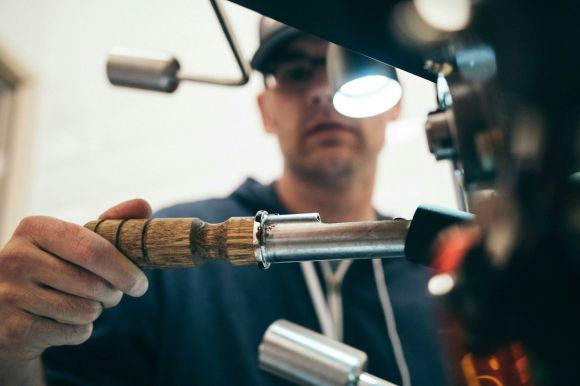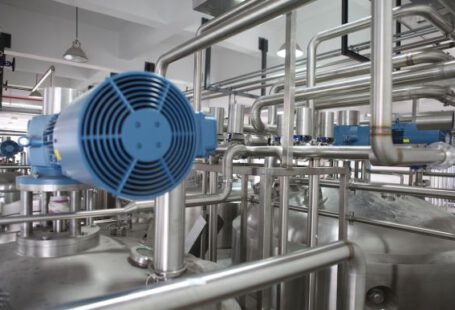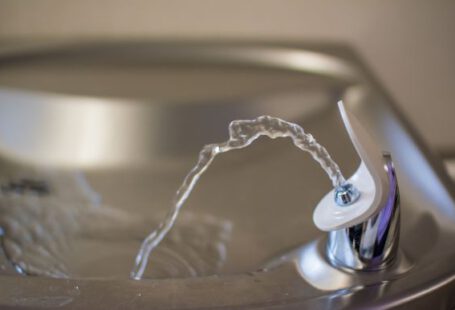Bathroom renovations can be exciting projects that give your home a fresh and updated look. However, before you dive into the design and start picking out new fixtures, it’s important to understand and comply with the plumbing codes that govern bathroom renovations. These codes are in place to ensure the safety and functionality of your plumbing system. In this article, we will explore the key factors to consider when navigating plumbing codes for a successful bathroom renovation.
Understanding the Basics
Before delving into the specific codes, it is essential to have a basic understanding of the plumbing system in your bathroom. Your bathroom’s plumbing consists of various components, including pipes, drains, water supply lines, and fixtures such as toilets, sinks, and showers. Each of these components must adhere to specific codes to ensure proper installation and functionality.
Hiring a Licensed Plumber
While some homeowners may be tempted to tackle a bathroom renovation themselves, it is highly recommended to hire a licensed plumber. A licensed plumber is familiar with local plumbing codes and will ensure that your renovation meets all the necessary requirements. They will also be able to identify any potential issues and provide solutions before they become costly problems.
Permits and Inspections
Before starting any bathroom renovation, it is crucial to check with your local building department to determine if permits are required. Permits are usually necessary for any project that involves altering the plumbing system or structural changes. Once the renovation is complete, you will also need to schedule an inspection to ensure that the work meets the plumbing codes. Failing to obtain permits or pass inspections can result in fines or the need to redo the work.
Proper Ventilation
Adequate ventilation is a crucial aspect of the plumbing codes for bathroom renovations. Bathrooms produce a significant amount of moisture, which can lead to mold and mildew growth if not properly ventilated. Building codes typically require bathrooms to have either a window that can be opened or a mechanical ventilation system, such as an exhaust fan. These systems help to remove excess moisture and improve air quality, promoting a healthier environment.
Water Efficiency
Water conservation is becoming increasingly important, and plumbing codes reflect this. When renovating your bathroom, it is essential to consider water-efficient fixtures. Low-flow toilets, faucets, and showerheads are not only environmentally friendly but also required by many plumbing codes. These fixtures help reduce water consumption without compromising performance, saving you money on water bills in the long run.
Accessible Design
Accessibility is another important consideration when navigating plumbing codes for bathroom renovations. Building codes often require certain accessibility features, such as grab bars, in bathrooms. These features are designed to accommodate individuals with disabilities or limited mobility. When planning your renovation, be sure to incorporate these requirements to ensure compliance with the plumbing codes.
Conclusion
Bathroom renovations can be exciting and transformative projects for your home. However, it is crucial to navigate plumbing codes to ensure that your renovation meets all necessary requirements. Hiring a licensed plumber, obtaining permits, and scheduling inspections are fundamental steps to a successful renovation. Additionally, addressing ventilation, water efficiency, and accessibility requirements will ensure that your newly renovated bathroom is functional, safe, and compliant with the plumbing codes. By following these guidelines, you can confidently embark on your bathroom renovation project and enjoy the benefits of an updated and code-compliant space.



